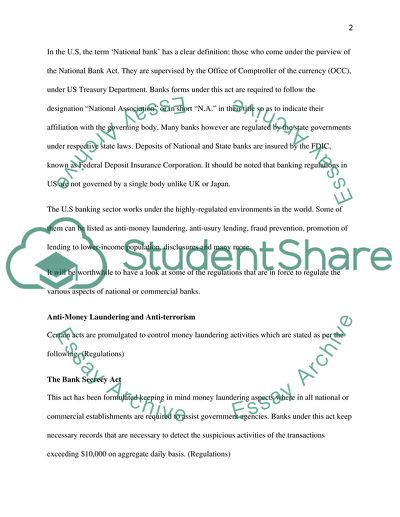Cite this document
(Regulations of National and Commercial Bank Term Paper - 1, n.d.)
Regulations of National and Commercial Bank Term Paper - 1. Retrieved from https://studentshare.org/macro-microeconomics/1749930-national-bank-regulation-of-commercial-bank
Regulations of National and Commercial Bank Term Paper - 1. Retrieved from https://studentshare.org/macro-microeconomics/1749930-national-bank-regulation-of-commercial-bank
(Regulations of National and Commercial Bank Term Paper - 1)
Regulations of National and Commercial Bank Term Paper - 1. https://studentshare.org/macro-microeconomics/1749930-national-bank-regulation-of-commercial-bank.
Regulations of National and Commercial Bank Term Paper - 1. https://studentshare.org/macro-microeconomics/1749930-national-bank-regulation-of-commercial-bank.
“Regulations of National and Commercial Bank Term Paper - 1”, n.d. https://studentshare.org/macro-microeconomics/1749930-national-bank-regulation-of-commercial-bank.


